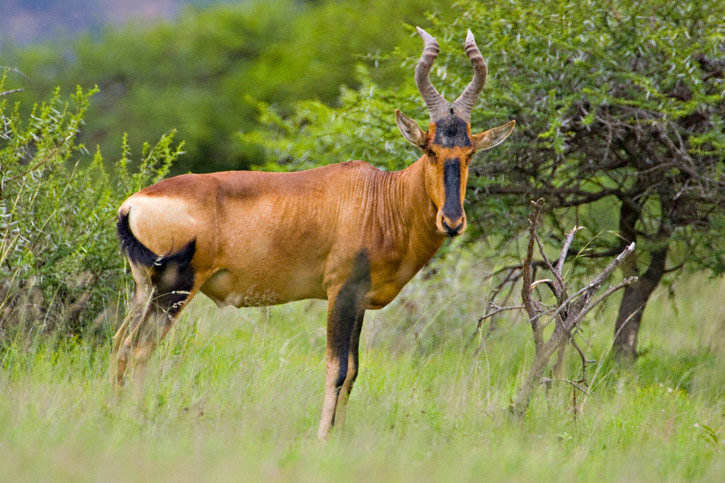×
The Standard e-Paper
Truth Without Fear

Two of Kenya’s major hartebeest species are threatened with extinction as a result of habitat destruction, diseases and hunting.
According to the International Union for Conservation and Nature, the hartebeests, which were formerly widespread in Africa, have over the years declined in numbers with some sub-species being declared extinct.